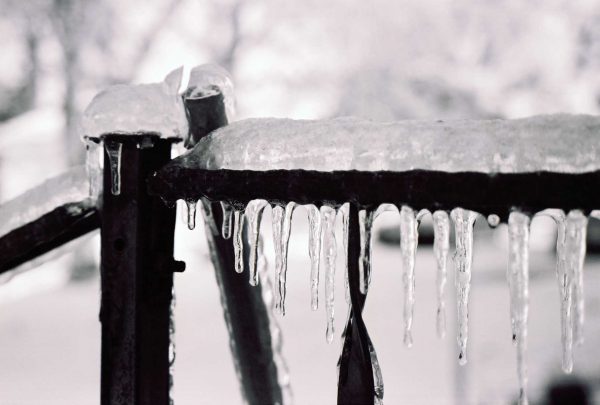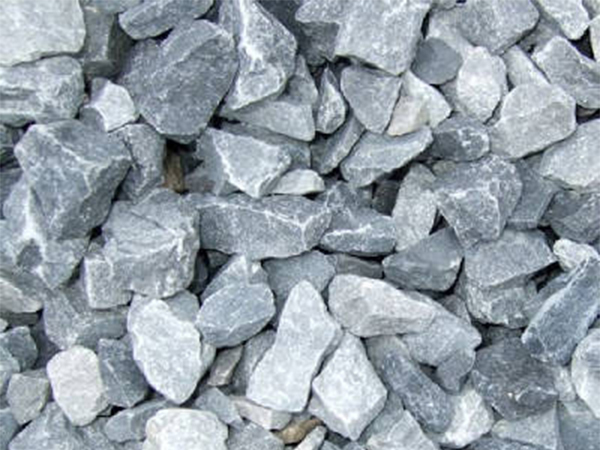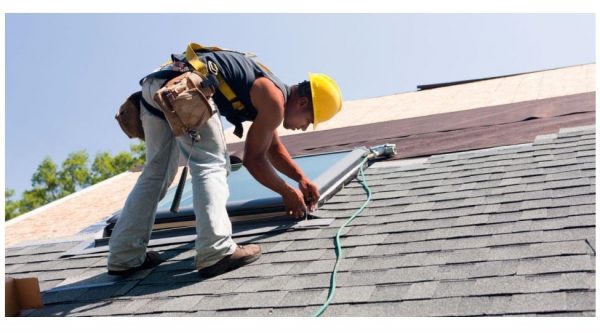
Salt: Be Salty About Winter
It seems New Brunswick is being hard hit with ice this winter. The most recent ice storm left 130,000 people without power. The Acadian Peninsula was affected for over two weeks!
NB Power was in charge of the restoration and brought in crews from Nova Scotia, Quebec and Maine to assist them with the unpredictable outages.
This kind of storm allows for the build up of ice on power lines; this compromises their ability to work. Many poles also fell due to increased wind and weight. But aside from that, we need to be prepared for getting rid of the ice afterward.
Ice will create unsafe conditions. After freezing rain, sidewalks, driveways, roads and parking lots will become slippery and dangerous.
Feeling salty?
When you think about melting ice — you think salt, right? Salt is the primary substance you should apply to most all icy areas. But there are problems you will run into.
Salt is good to apply in warmer temperatures. Salt is not helpful in temperature under -12 degrees Celsius.
It’s important that when you apply salt, it is after you shovel. Clear away the snow to get the ice below. This will create better melting capacity. Stay away from sensitive green areas that will want regrowth in the spring; salt is acidic and will change the PH of the medium your green area is growing in.
Dreaming of the beach?
Sand. That’s right. The stuff from the beach. You can bring some of it to you. Sand doesn’t melt the snow like salt does. It does, however, create a surface that has traction.
The traction can help create a safer surface until salt can be properly applied. It is also a good alternative to the harmful effects of salt.
If you have pets or small children who spend a lot of time outside. It can be a better alternative for keeping them and their tiny bodies safe.
Sweet or salty?
It can be useful as well to use table sugar. Sugar will also reduce the melting point. It will help create more traction under your feet or wheels.
Who says you always have to be salty about winter?
Got a kitty?
If you have a cat in your home, you likely have kitty litter. Kitty litter can also help make your driveway, sidewalk, or parking lot safer.
It doesn’t help melt the snow or lower its melting point; it does create traction for walking and driving on. Many people say it’s useless, but if it helps prevent a fall. Why not?
Smooth skin, smooth driveway
Epsom salt which is commonly used in baths or showers can also work to create a safer surface when ice builds up.
This type of salt is also not harmful to pets, birds or children. It’s environmentally friendly if you’re concerned about that.
Fertilize!
Fertilizer is not just for the summer and spring months. Winter likes to see some of that stuff too.
Fertilizer is healthy for sensitive areas like around lawns and gardens. It can be used to create traction in the mean time. Fertilizer, for the most part, is environmentally friendly. It doesn’t, however, reduce the melting point.




